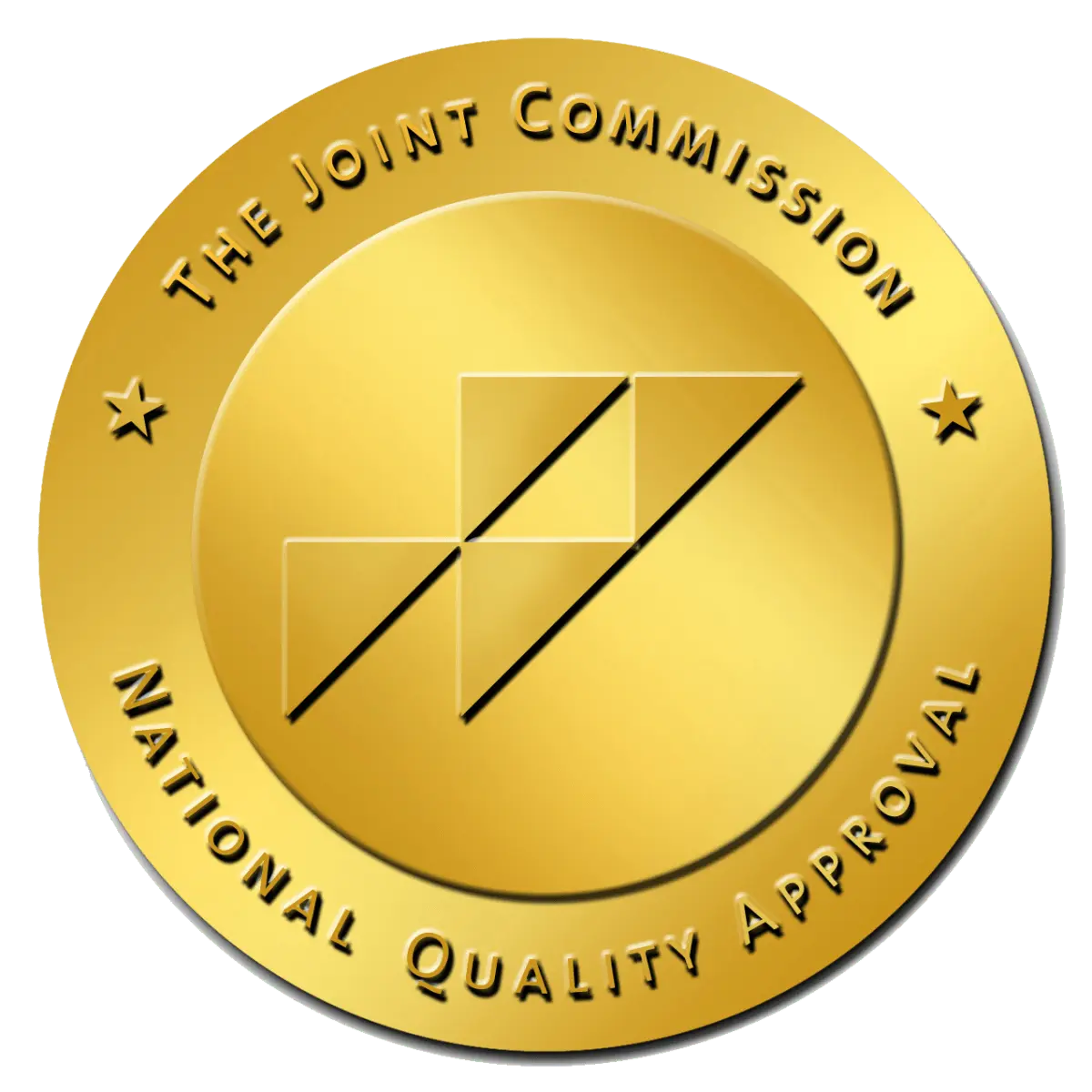Nervous system dysregulation is a term that refers to the body’s response to stress. When we feel threatened, our bodies go into what’s called the “fight or flight” response. This means that adrenaline and cortisol are released into our bloodstream. When this happens, it can bring about many symptoms, including:
- Anxiety
- Irritability
- Difficulty sleeping or concentrating
- Headache
- Muscle pain
These symptoms can affect daily life. As a result, finding ways to regulate your nervous system is essential to recovery.
What Is the Fight or Flight Response?
The fight or flight response is a natural reaction to stress. When you’re faced with a stressful situation, your body responds by releasing stress hormones. In order to survive, these hormones cause your heart rate and blood pressure to rise, so you have extra energy available. They also cause the release of glucose from your liver’s storage sites into your bloodstream. This can be used as fuel for muscles, organs, and the brain.
Additionally, this response increases your ability to focus on what’s happening in the moment. It makes you hyper-alert and less likely to get distracted by something irrelevant. This highly focused state helps ensure that if there is something dangerous nearby, you can react accordingly.
Accept Your Anxious Feelings and Thoughts
You cannot control what you feel and think. However, you can learn to accept it. When you are feeling anxious, try to stop and acknowledge the feeling without trying to change it or fight it. Remember that anxiety is a natural response to stress and uncertainty.
Accepting your feelings is the first step toward changing them. You might not be able to control what happens around you. However, by becoming aware of how your thoughts and feelings affect your mind and body and being willing to let them go, you’ll be able to find peace within yourself again.
Deep Breathing
The act of deep breathing helps relax your muscles and calm the nervous system. You can practice this by taking deep breaths through your nose and releasing them slowly through your mouth. Try to focus on feeling the breath moving in and out of your nostrils.
You can also count how many breaths it takes for you to let go of tension in each part of your body as you inhale and exhale. This exercise can be done lying down with your eyes closed or sitting with your feet flat on the floor while making sure not to cross your legs. Both positions are intended to promote better blood flow throughout the body.
Deep breathing can help reduce anxiety and can be used anywhere at any time. The key to using deep breathing as a coping mechanism is consistency. Even when you aren’t anxious, practicing deep breathing techniques helps you make this coping technique second nature.
Exercise to Relieve Anxiety
Exercise is a great way to relieve anxiety. When you exercise, the body releases natural chemicals that help calm the nervous system and reduce stress. Exercise also helps you feel better about yourself by boosting your confidence and improving your self-image.
For many people, anxiety keeps them from sleeping through the night or being able to relax during their workday. Exercise can help with both issues because it reduces muscle tension and increases blood flow through the body’s circulation system. This promotes relaxation and sleepiness.
In addition, exercising helps distract you from worrying about things that have not yet happened by focusing on what is happening right now. When you are focused on exercise, your mind is unable to wander.
Seek Out Support Groups or Use Online Forums
Support groups and online forums are great ways to meet people who understand what you’re going through. They can help you feel less alone, find solutions, and learn from others who have experienced similar problems.
If you haven’t had the opportunity to meet with other people dealing with anxiety disorders, there are plenty of ways to connect over the internet. Several websites offer support groups for individuals struggling with anxiety disorders as well as communities for those looking for answers about their symptoms.
Get Enough Sleep
A regular sleep schedule is also essential for rearing a healthy mind and body. When you go to bed at the same time every night, your body starts producing hormones that help regulate hunger, metabolism, mood, and energy levels throughout the next day.
If you don’t get enough rest, your body will instead produce adrenaline-producing cortisol. This occurs as a response to a lack of sleepiness or overwhelming feelings of fear or worry, which can trigger an anxious response. Lack of sleep leads to a vicious cycle where poor quality rest makes anxiety worse when trying to fall asleep again later on.
The fight or flight response is our body’s natural reaction to stressful situations. While this response is normal, it can become overactive when struggling with an anxiety disorder. Tools like deep breathing, support groups, and exercise can help you manage anxiety to help regulate your nervous system. However, when feelings of anxiety become too overwhelming to handle on your own, it may be time to seek help. Villa Oasis San Diego helps those struggling with anxiety disorders and substance abuse issues. Our dual diagnosis program in Southern California can help teach you the skills you need to regulate your nervous system. For more information on our program and how Villa Oasis San Diego can help you, call (619) 373-9792.




